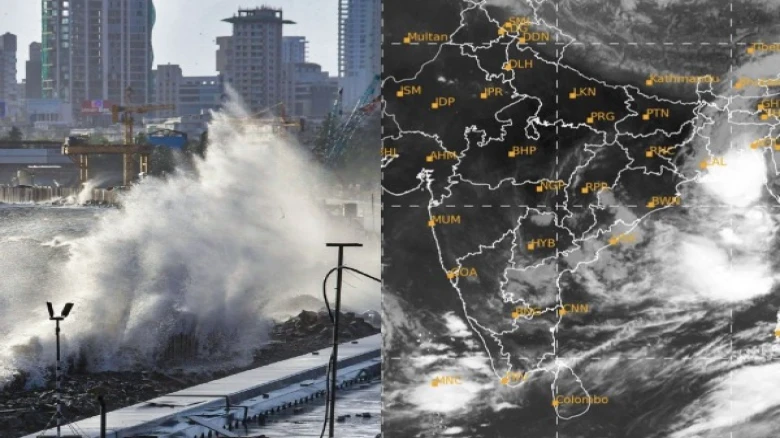The cyclone aided the monsoon's advance over the southern regions of the peninsula by enhancing the cross-equatorial flow...
Digital Desk: Cyclone Biparjoy has now separated from the monsoonal flow and will not affect the rain-bearing system's progress or performance, according to the
India Meteorological Department (IMD) on Tuesday.
The cyclone, as stated by IMD chief Mrutyunjay Mohapatra, aided the monsoon's advance over southern parts of the peninsula by enhancing the cross-equatorial flow over the Arabian Sea.
"It is now completely separated from the monsoonal flow." "We do not anticipate any significant impact on monsoon advance or performance," he said.
Scientists previously stated that the cyclone drew moisture and convection, influencing the intensity of the monsoon and delaying its arrival over
Kerala.
Meteorologists have predicted that the monsoon will move past the southern regions of the peninsula when the cyclone degenerates. Despite the emerging El Nino conditions, India is expected to receive normal rainfall throughout the southwest monsoon season, according to the IMD.
El Nino, or warming of the Pacific Ocean near South America, is commonly connected with weakened monsoon winds and dry weather in India.
This year's El Nino circumstances come after three years of La Nina. La Nina, the polar opposite of El Nino, often produces abundant rain throughout the monsoon season.
Rainfall in northwest India is forecast to be normal to below normal. The east and northeast, central, and south peninsulas are likely to get typical rainfall ranging from 94% to 106% of the long-term average.
Normal rainfall is crucial for India's agricultural landscape, which makes up 52% of the net cultivated area. Apart from power generation around the country, it is also vital for replenishing reservoirs that provide drinking water.

Leave A Comment